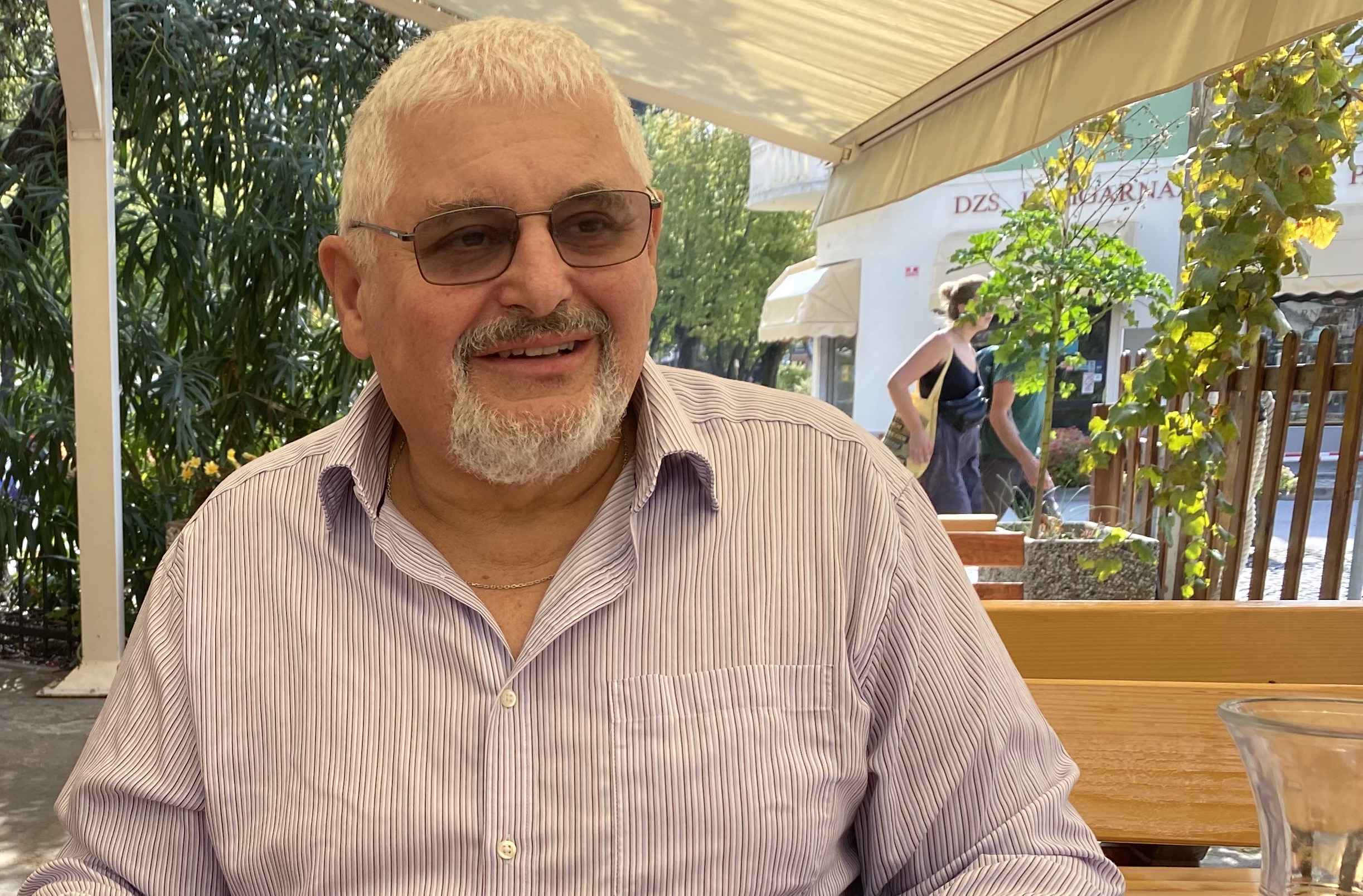How intelligent is U.S. Intelligence?

On August 21, 2013, the nerve agent sarin was used in an attack on the suburb of Damascus, Syria known as Zamalka. At least 12 munitions, each potentially able to deliver more than 50 liters, fell within an area about 2,000 meters from east to west, and about 900 meters from north to south. We do not know whether the munitions were all fully loaded, or exactly how many casualties there were, but at least several hundred unprotected civilians were killed.
Within roughly a week of the attack, the U.S. intelligence community reported to U.S. leaders. Important findings were relayed to the public through press conferences, Congressional testimony, and documents released by the White House and State Department. The evidence that the Syrian government executed the attack was overwhelming.
U.S. Secretary of State John Kerry made the following statements in a State Department briefing to the press on Aug. 30: “Our intelligence community has carefully reviewed and re-reviewed information regarding this attack … we have taken unprecedented steps to declassify and make facts available to people who can judge for themselves. …
“We know where the rockets were launched from, and at what time. We know where they landed, and when. We know rockets came only from regime-controlled areas … for four days, [the Syrian Government] shelled the neighborhood … at a rate four times higher than they had over the previous 10 days.”
In testimony before the Senate Foreign Relations Committee on Sept. 3, Kerry said, “We have a map, physical evidence, showing every geographical point of impact – and that is concrete. … We are certain that none of the opposition has the weapons or capacity to effect a strike of this scale – particularly from the heart of regime territory.”
Kerry also emphasized the world-leading role of the United States: “By the definition of their own mandate, the UN can’t tell us anything that we haven’t shared with you … And because of the guaranteed Russian obstructionism of any action through the UN Security Council, the UN cannot galvanize the world to act as it should.”
Around the same time, the White House published a map of Damascus that clearly showed the areas affected by the nerve agent attack and the area controlled by the Syrian government. The White House also stated that it had data from U.S. infrared early-warning satellites about where and when the rockets had been launched.
To knowledgeable experts, this would indicate that the U.S. government had an unimpeachable source of technical intelligence that measured rocket launch locations and times of launch to fractions of a kilometer and fractions of a second, respectively.
Unfortunately, this was not the case.
The U.S. intelligence community, supported by the remarkable capabilities of U.S. space-based infrared satellites, supposedly observed that the chemical rockets were launched from the heart of Syrian government-controlled areas, as shown on the map that the White House released. For this to be the case, the munitions would have had to fly about 10 to 15 kilometers, which is simply not possible.
Our analysis of the munition used in the attack on Zamalka reveals that the munition’s range is actually about two kilometers. The United Nations conducted a completely independent analysis of the munition and reached exactly the same conclusion.
In other words, the entire basis for the U.S. intelligence claim is wrong.
We have no doubt that there are talented and knowledgeable individuals within the intelligence community who would have known the actual range of the munition. After all, U.S. intelligence units in Vietnam saw and analyzed munitions of similar design. As such, the U.S. intelligence community should have known that this munition could not possibly have flown 10 to 15 kilometers.
It is clear, then, that the intelligence assessment – which Kerry claimed was so carefully scrubbed – was not properly reviewed for accuracy. The fact that this assessment involved a U.S. president, and that the United States could have taken military action in Syria as a result of its findings, makes this worse still.
It is imperative that this egregious error be explained. Otherwise, the chances of it happening again will grow, and next time, we might not be so lucky in avoiding an unspeakable disaster.
– written by Richard Lloyd and Ted Postol, provided to BBJ by The Mark News
Richard Lloyd is a former UN weapons Inspector, and current Warhead Consultant at Tesla, Inc. Ted Postol is Professor of Science, Technology, and National Security Policy at the Massachusetts Institute of Technology.
For a copy of Postol and Lloyd’s study as mentioned in the above article, email a request to postol@mit.edu.
SUPPORT THE BUDAPEST BUSINESS JOURNAL
Producing journalism that is worthy of the name is a costly business. For 27 years, the publishers, editors and reporters of the Budapest Business Journal have striven to bring you business news that works, information that you can trust, that is factual, accurate and presented without fear or favor.
Newspaper organizations across the globe have struggled to find a business model that allows them to continue to excel, without compromising their ability to perform. Most recently, some have experimented with the idea of involving their most important stakeholders, their readers.
We would like to offer that same opportunity to our readers. We would like to invite you to help us deliver the quality business journalism you require. Hit our Support the BBJ button and you can choose the how much and how often you send us your contributions.








